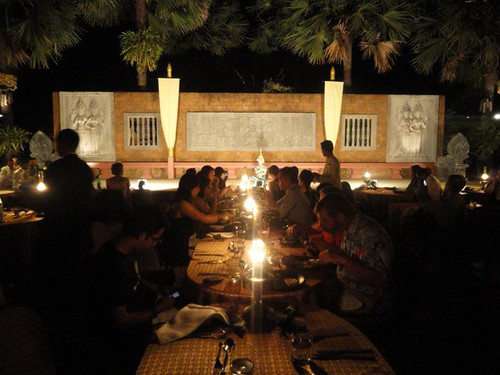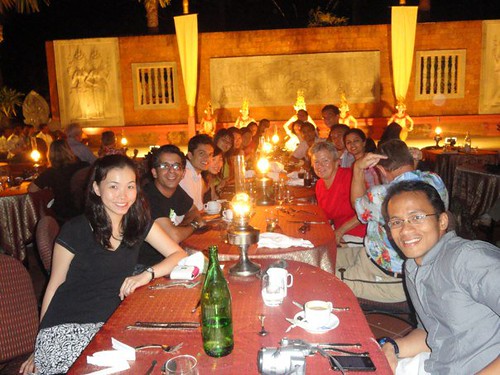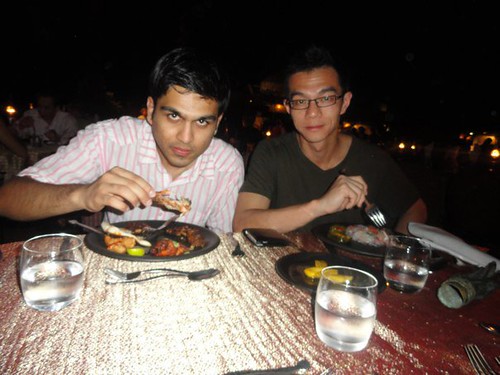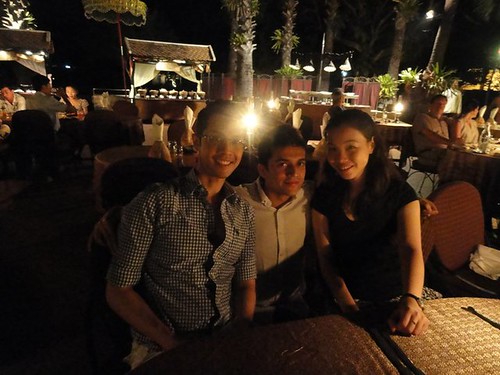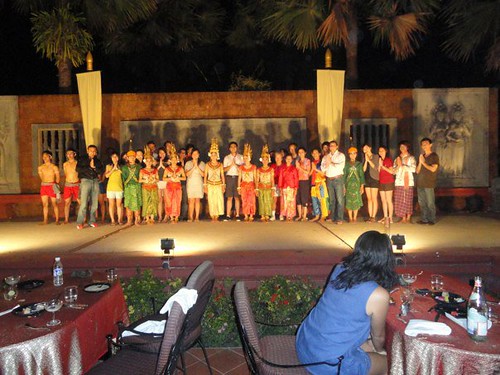After another lively day full of activities such as sunrise viewing, school painting, temple visiting, and sunset picnicking, we ended this eventful day with a class dinner watching the Apsara dances. We were fortunate to get to enjoy the performance of the traditional Khmer dances and Bokator Khmer martial arts while devouring the barbeque pan-Asian buffet style of dinner which took place in the gardens of Raffles Grand Hotel.
Which dance was your favorite? Here’s the recap of the six dances:
1. Ken Dance
Ken is a windpipe musical instrument made of a small bunch of bamboos. This dance generates from northern Cambodia in Steung Traeng, which is located at the Cambodian-Laotian border. Especially young males and females often use Ken as a tool to send tunes of romantic messages to one another.
2. Monimekhala (The Lightening Lady)
Monimekhala is a goddess of the ocean and Khaknaso was a giant. They were trainees of Ayso, the martial art teacher. At the end of the training, Monimekhala was awarded a diamond of thundering and lightening and Khaknaso was awarded a magic axe. Khaknaso was jealous with Monimekhala who got the best award, he fights her for it.
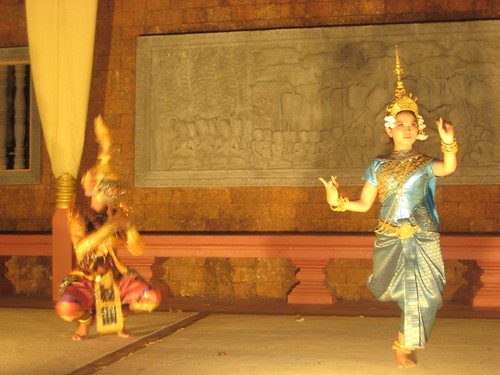
3. Crabbs Dance
The Crabbs dance is another dance which originates from the Southeast. Crabbs are two flat pieces of smooth bamboo used by the performers to keep the tempo of the dance. Every time the men get too near, the women will elbow them in defense.
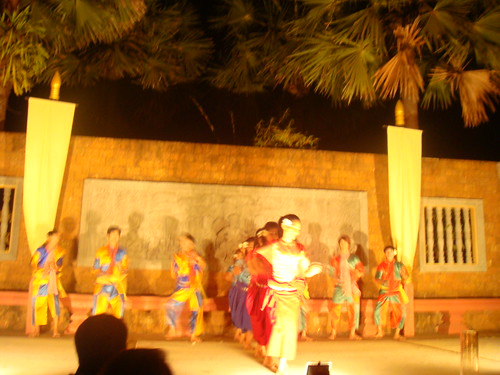
4. Pailin Peacock Dance
People in Pailin, a town of previous stones in Battambang province, which is located at the Cambodian-Thai border, earn their living by planting coffee, fruit, and vine. However their most important business is to dig up previous stones from underground mine. After the harvest season, people take time off to entertain among themselves. They observed the nature of the peacocks and created a dance called “Peacock Pailin”.
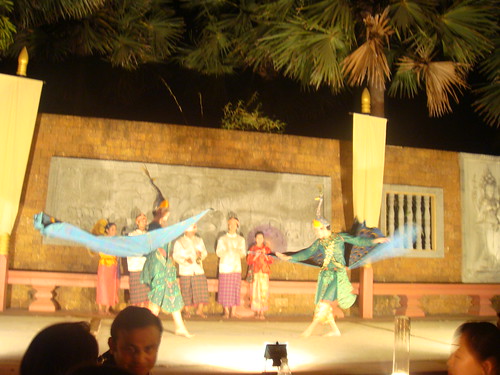
5. Bokator (the Angkorean Martial Art)
Bokator is the martial art of ancient Cambodia, can be seen depicted in bas-relief on the walls of Angkor Wat. A hand-to-hand combat system used by the ancient Angkorean army, Bokator fighters Known as yuthkun, each based on the fighting motions of a particular animal like: monkey, lion, elephant, crocodile, crab, horse, bird, and dragon.
6. Apsara Dance
Apsara or Celestial Dances are featured by the thousands at the ancient temples of Angkor. Apsara were reputed to be friendly, playful and danced for the gods in order to encourage rain, good crops, prosperity, and protection of the Kingdom.
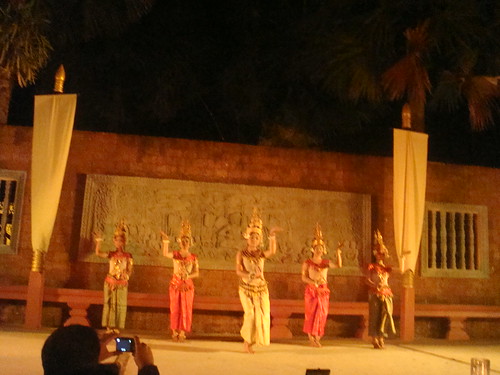

Wasn’t it a great way to end our day with delicious dinner and delightful performance?
~ by Sarah Widjaja and Stella Chen

